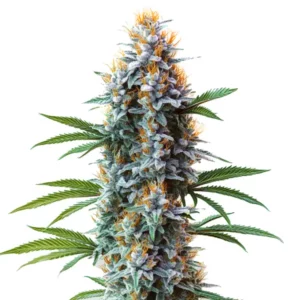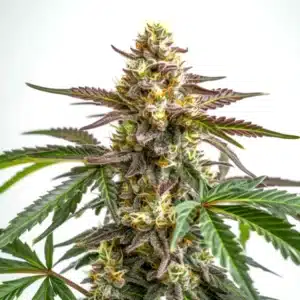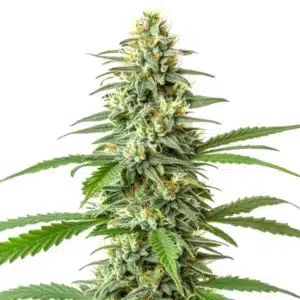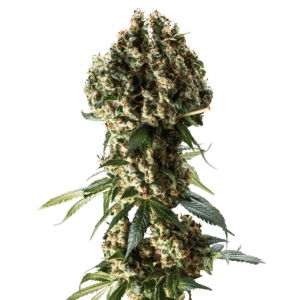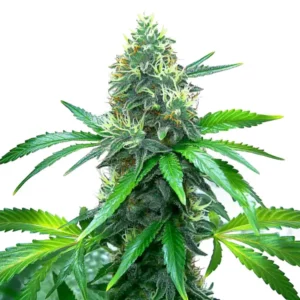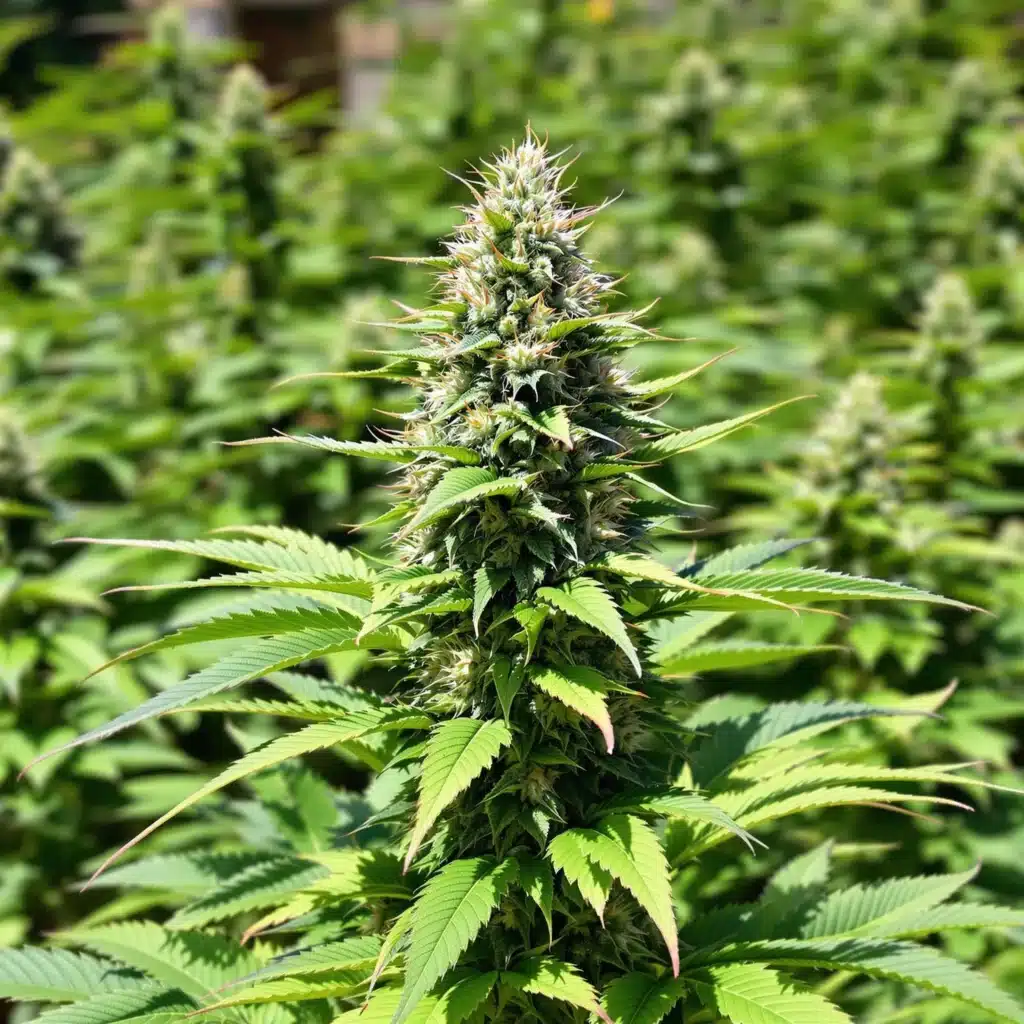
Outdoor Flowering Nutrients: Top Choices for Big, Healthy Buds
Growing cannabis outdoors can yield exceptional results, but achieving maximum potential requires precise nutrient management during the flowering stage. This comprehensive guide delves into everything you need to know about choosing and applying the best nutrients for outdoor flowering stage to enhance both yield and quality.
Outdoor Flowering Stage
Why the Flowering Stage is Crucial for Cannabis Growth
The flowering stage is the most critical phase of cannabis growth, marking the shift from vegetative development to bud production. During this period, plants focus energy on forming flowers that will later be harvested. Using the best nutrients for outdoor flowering stage ensures robust bud growth, rich resin production, and flavorful terpenes, significantly impacting the final yield and quality.
Recommended Strains
Blue Amnesia Auto
|
|
THC | 17% - 18% (Medium) |
|
|
Type | Autoflowering |
|
|
Yield | Low |
|
|
Phenotype | 40% Indica / 60% Sativa |
Blue Cheese
|
|
THC | 16% - 20% (Medium) |
|
|
Type | Feminized |
|
|
Yield | High |
|
|
Phenotype | 80% Indica / 20% Sativa |
This stage demands a shift in nutrient composition, with a decrease in nitrogen and an increase in phosphorus and potassium. These nutrients support flower formation, trichome production, and overall plant health, creating dense, aromatic buds that meet high-quality standards.
Key Changes in Cannabis Plants During Flowering
As cannabis transitions into the flowering stage, its nutrient demands change dramatically. The plants reduce their focus on leaf and stem growth and allocate energy to developing flowers. Phosphorus fuels flower growth, while potassium fortifies plants, ensuring resilience against environmental stressors. Recognizing and addressing these changes with the best nutrients for outdoor flowering stage is essential for optimal results.
Promos & Deals
Essential Nutrients for the Outdoor Flowering Stage
Phosphorus and Potassium in Bud Development
These are indispensable during flowering. Phosphorus facilitates energy transfer, critical for bud formation and root health. Potassium strengthens cell walls, improves water regulation, and boosts overall plant vitality. When combined, these nutrients drive the formation of large, resin-rich buds, underscoring their importance in the best nutrients for outdoor flowering stage.
Secondary nutrients like calcium and magnesium complement the action of phosphorus and potassium, enhancing nutrient uptake and ensuring plants have a balanced diet. Using the best nutrients for big buds creates a synergy that promotes vigorous flowering and resin production.
Importance of Secondary Nutrients Like Calcium and Magnesium
Calcium and magnesium are crucial for maintaining plant health during flowering. Calcium fortifies cell walls, while magnesium aids in chlorophyll production and nutrient absorption. These secondary nutrients ensure that plants have the structural support and energy required for sustained growth.
Micronutrients like zinc, boron, and iron further enhance plant health, supporting enzymatic processes and improving nutrient uptake efficiency. Bud boosters enriched with these elements deliver superior results.

Types of Nutrients for Outdoor Flowering
Organic Nutrients for Natural Growth
Organic fertilizers provide a slow-release nutrient source, enriching soil health over time. Products like bat guano and bone meal are staples for growers seeking sustainable and natural solutions. These fertilizers support microbial activity, creating a thriving ecosystem for cannabis plants.
By using organic products, growers promote long-term soil fertility while meeting the immediate needs of flowering cannabis. This approach balances plant health and environmental responsibility, making it a preferred choice for many cultivators.
Synthetic Nutrients for Precision Feeding
Synthetic nutrients offer fast-acting, precisely formulated solutions tailored to specific growth stages. These products allow growers to deliver nutrients in exact proportions, ensuring that plants receive what they need during flowering.
Liquid fertilizers, a common synthetic option, provide immediate nutrient availability, while granular formulas release nutrients slowly, supporting consistent feeding. Choosing between the two depends on your growing conditions and goals.
Top Nutrient Recommendations for Outdoor Flowering
High-Phosphorus Fertilizers for Big Buds
Fertilizers rich in phosphorus are vital for promoting bud density and resin production. Look for bloom-specific products designed to meet the demands of the flowering phase.
Potassium-rich fertilizers complement phosphorus by enhancing flower durability and resilience. These products strengthen plant structures, allowing buds to grow dense and robust even under environmental stress.
Balanced Fertilizer Blends for Outdoor Growth
Balanced nutrient blends combine essential macronutrients and micronutrients, catering to all aspects of plant health. Using the best bloom nutrients is ideal for maintaining steady growth throughout the flowering stage and ensuring that no nutrient deficiencies arise.
How to Use Nutrients Effectively During Flowering
Timing and Frequency of Nutrient Applications
Begin applying flowering-specific nutrients in the second or third week of the flowering stage. Feed plants every one to two weeks, adjusting based on their responses. Consistent feeding ensures that plants have a steady nutrient supply to support bud growth.
Proper timing prevents nutrient deficiencies and optimizes plant health. Gradual adjustments to feeding schedules allow plants to adapt without risk of nutrient burn.
Mixing and Measuring for Proper Dosages
Accurate measurement is key when using the best nutrients for outdoor flowering stage. Follow manufacturer guidelines closely and use precise tools to mix fertilizers. Overfeeding can harm plants, so it’s better to start with lower doses and increase gradually.
Tips for Optimizing Nutrient Uptake
Maintaining Optimal Soil pH Levels
Soil pH affects nutrient availability, making regular testing essential. Maintain pH levels between 6.0 and 7.0 for optimal nutrient absorption. Adjustments can be made using lime or sulfur as needed.
Pairing nutrients with beneficial microbes enhances nutrient uptake and root health. These microbes break down organic matter, converting it into forms readily absorbed by plants. Incorporating mycorrhizal fungi is an excellent way to boost nutrient efficiency.
Enhancing Nutrient Absorption with Proper Watering
Watering practices significantly influence nutrient uptake. Deep watering encourages root development, while overwatering can lead to nutrient leaching. Allowing soil to dry slightly between waterings promotes healthy growth and prevents issues like root rot.
Challenges in Outdoor Flowering Nutrient Management
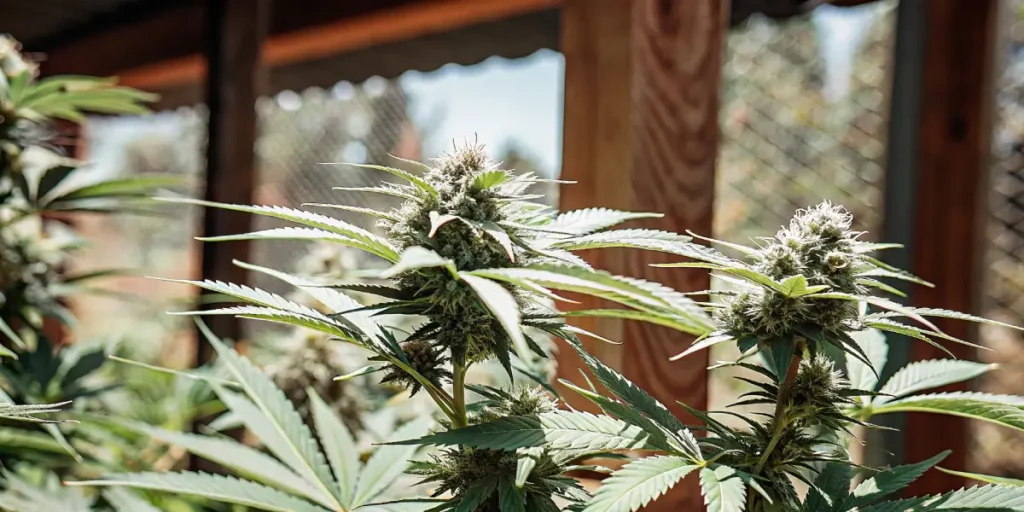
Preventing Nutrient Lockout
Nutrient lockout occurs when plants cannot absorb nutrients due to pH imbalances or salt buildup. Regular flushing of soil with clean water prevents this issue, ensuring plants remain healthy and productive.
Monitoring environmental factors, such as temperature and humidity, also minimizes stress during flowering. Adapting to weather conditions ensures that plants receive consistent care.
FAQs About Best Nutrients for Outdoor Flowering Stage
What nutrients are most important during flowering?
Phosphorus and potassium are crucial for bud development, while secondary nutrients like calcium and magnesium support overall plant health. Micronutrients also play a vital role in enhancing bud quality.
How do I know if my plants need more nutrients?
Signs of nutrient deficiencies include yellowing leaves, slow growth, and poor bud development. Regular soil testing and close monitoring of plant health help identify and address deficiencies promptly.
Are organic nutrients better for outdoor flowering?
Organic nutrients offer long-term soil health benefits and promote sustainable growing practices. However, synthetic options provide precise nutrient delivery for targeted results. The best choice depends on your cultivation goals and preferences.



